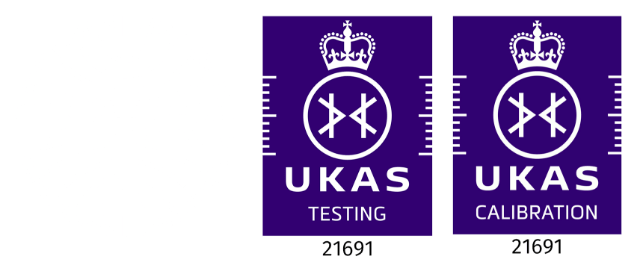What is the minimum Pendulum Test Value (PTV) recommended by the HSE for pedestrian traffic in wet conditions?
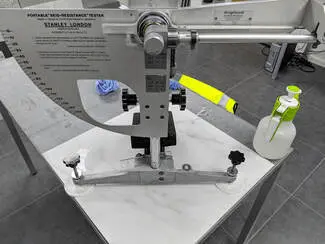
The 36+ PTV benchmark For typical pedestrian traffic where floors can be wet or contaminated, aim for a minimum PTV of 36 or higher. In the HSE/UKSRG risk model, PTV ≥ 36 is classified as “low slip potential,” which is the benchmark dutyholders target to demonstrate a safe walking surface in wet use. Why “wet” […]
What Are the Legal Implications of Not Having a Safe, Slip-Resistant Floor in a Public Building?
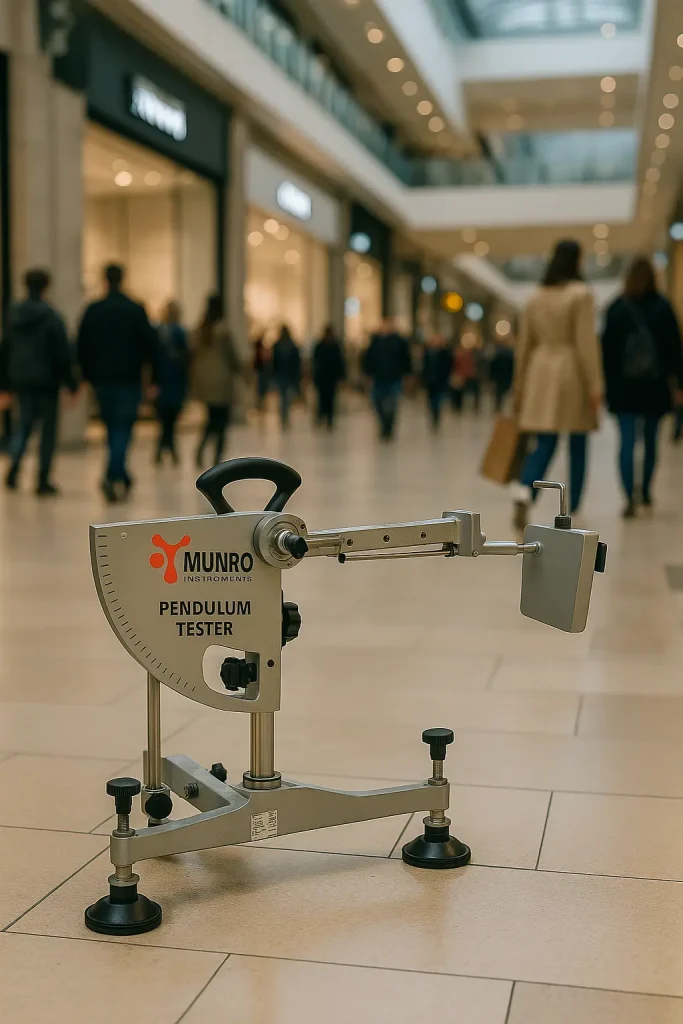
Imagine walking into a public building—a shopping mall, hospital, or train station—and suddenly slipping on a wet floor. It’s painful, embarrassing, and potentially life-changing. For property owners and managers, it’s not just a safety issue; it’s a serious legal risk. Having a floor that isn’t slip-resistant doesn’t just increase the chance of injury—it can open […]
Tipping Bucket Rain Gauge – Q&A
Questions and Answers Tipping Bucket Rain Gauge 1. How does a tipping bucket rain gauge work? A tipping bucket rain gauge measures rainfall by collecting it in a small, funnel-shaped collector that directs water into a two-compartment bucket mounted on a pivot. When one side of the bucket fills to a calibrated amount (e.g., 0.2 […]
Laboratory Glove Box -Questions & Answers
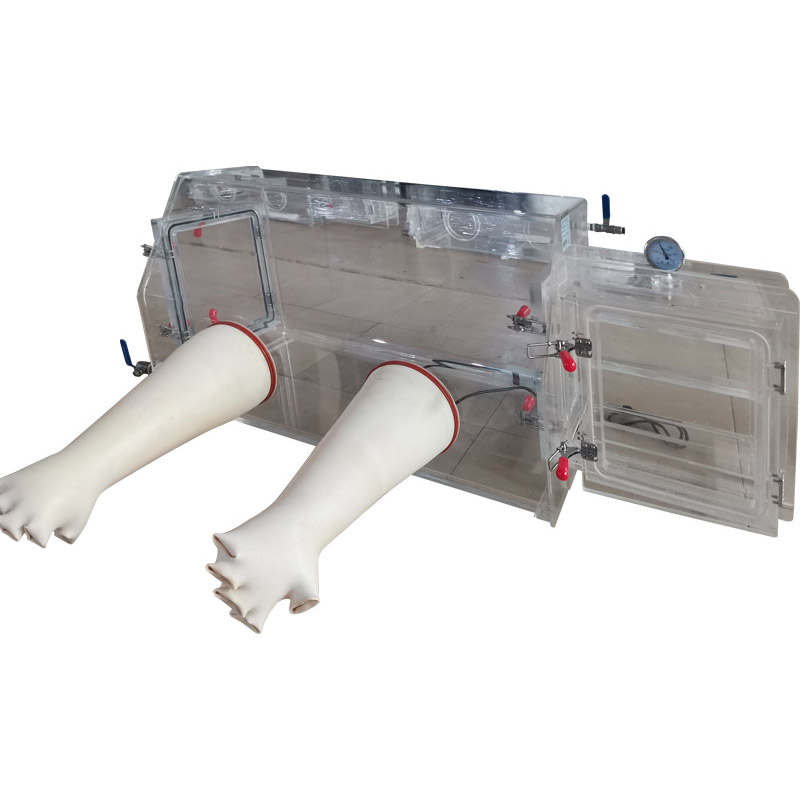
Laboratory Glove Box – Questions & Answers Q1: What are the primary applications of a laboratory glove box? A laboratory glove box is used for handling sensitive materials in a controlled environment. Primary applications include: Inert atmosphere work – performing experiments in oxygen-free and moisture-free conditions (e.g., using argon or nitrogen). Hazardous material handling – […]
Frequently Asked Questions: Temperature and Humidity Transmitters

Frequently Asked Questions: Temperature and Humidity Transmitters Q: What specific temperature and humidity transmitters are available for meteorological and environmental monitoring stations? A: We offer a range of temperature and Humidity Transmitters, including models specifically designed for harsh outdoor environments, as well as compact versions for indoor or enclosure monitoring. Our meteorological-grade transmitters are […]
Slip Resistance Testing Service – Frequently Asked Questions (FAQ)

Slip Resistance Testing Service – Frequently Asked Questions (FAQ) Q: What slip resistance testing services do you offer, and which standards do you comply with (e.g., ANSI, ASTM, EN)? A: We offer comprehensive slip resistance testing for a wide range of surfaces. Our services comply with leading international standards, including ANSI A326.3, ASTM E303, ASTM […]
Frequently Asked Questions – Pendulum Slip Resistance Testers

Frequently Asked Questions – Pendulum Slip Resistance Testers 1.What is the measuring range and accuracy of your pendulum slip resistance tester? Most pendulum slip resistance testers measure within a range of 0–150 Pendulum Test Value (PTV), with an accuracy typically within ±1 PTV. This ensures reliable results for both high- and low-friction surfaces. Does the […]
Why a Handheld Anemometer Matters
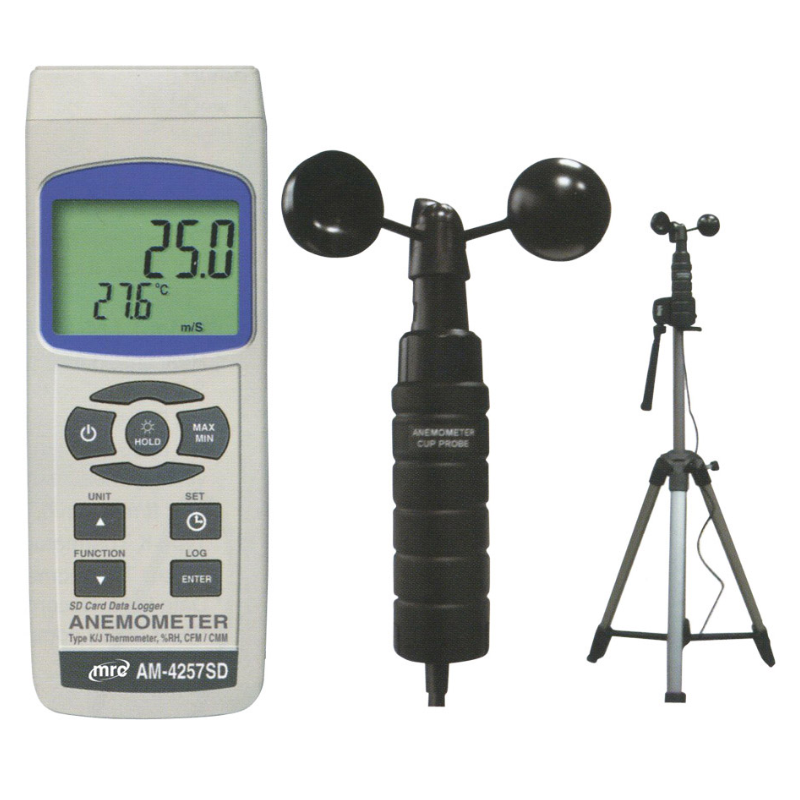
A handheld anemometer is a portable device that measures wind speed. Some models also check airflow, temperature, humidity, or even barometric pressure. People use handheld anemometers for outdoor sports, aviation, sailing, HVAC balancing, research, and even drone piloting. Basically, if wind or air flow matters, these devices belong in your toolkit. Types of Handheld Anemometers […]
Floor Slip Testing Services in UK

Slips, trips, and falls – they sound harmless, but they’re among the most common causes of injury in the UK. Imagine walking into your favourite high street store, only to slip and hurt yourself because the floor was more like an ice rink than a shop surface. What Is Floor Slip Testing? Floor slip testing […]
How to Buy Ultrasonic Anemometer
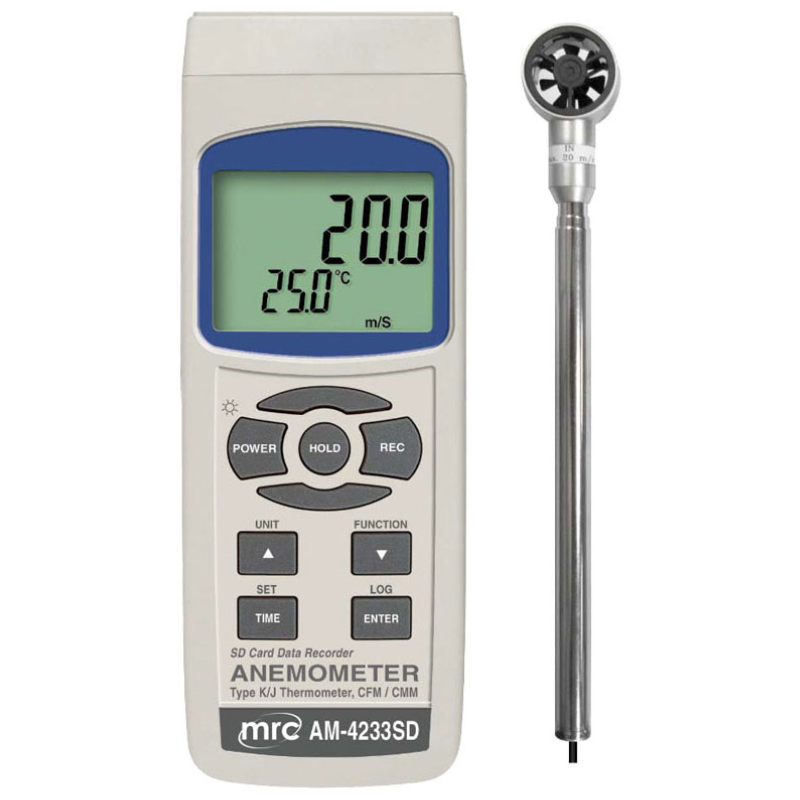
An ultrasonic anemometer is a high-tech instrument used to measure wind speed and direction using ultrasonic sound waves. Unlike old-school mechanical models, there are no moving parts—meaning less maintenance and greater reliability. Why Choose Ultrasonic Over Mechanical Anemometers? Key Advantages No Moving Parts: Means less wear and tear, fewer breakdowns, and a much longer lifespan. […]



